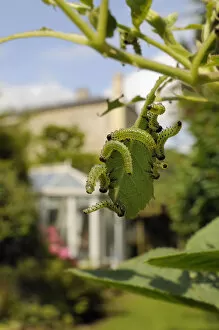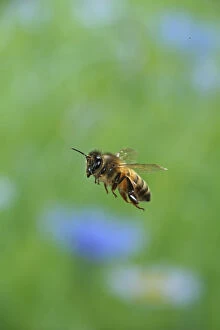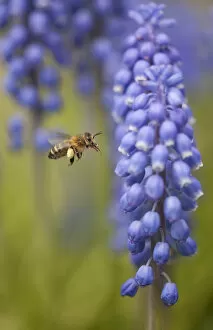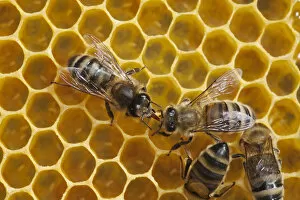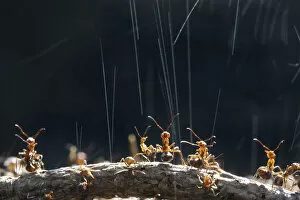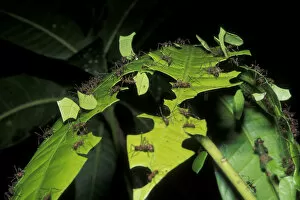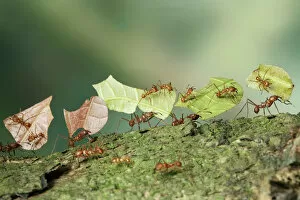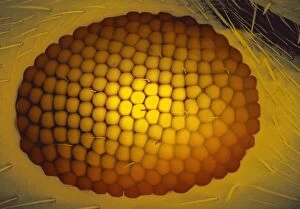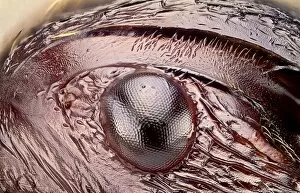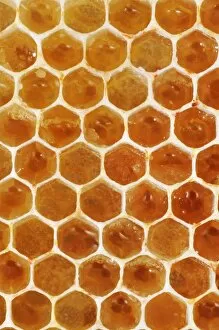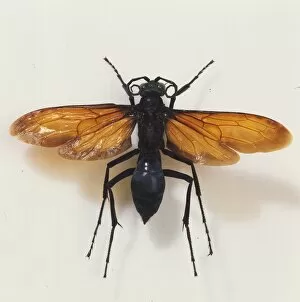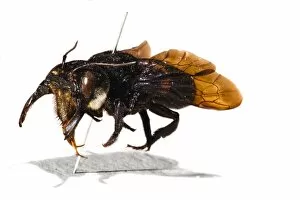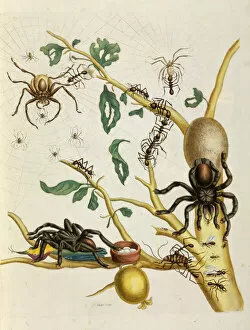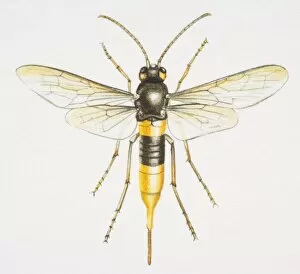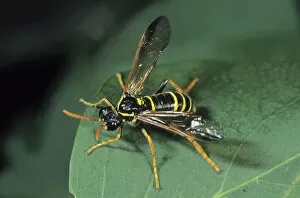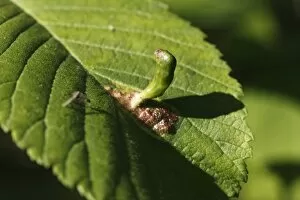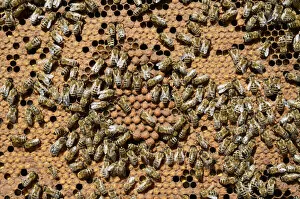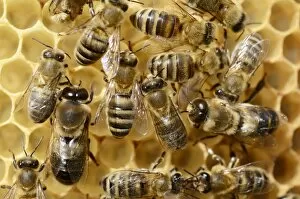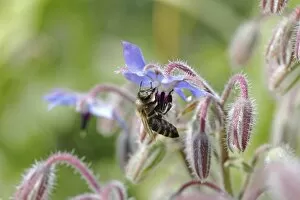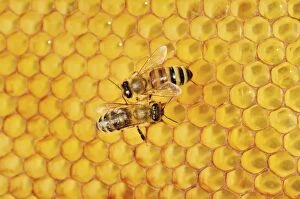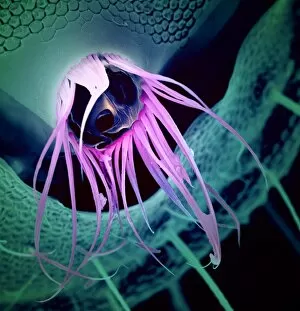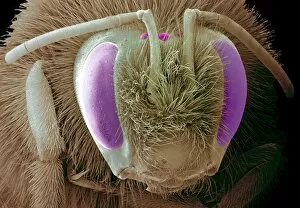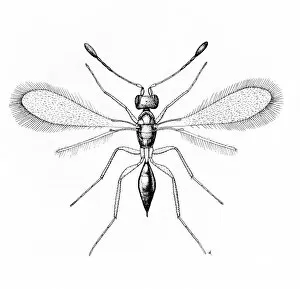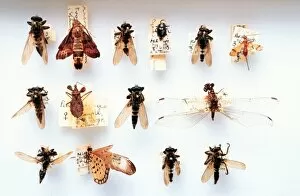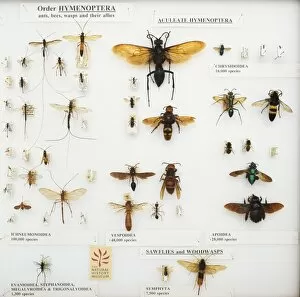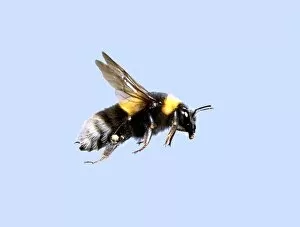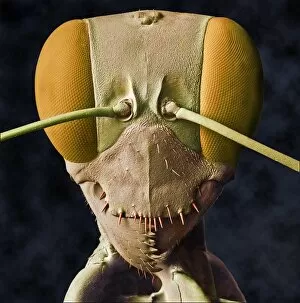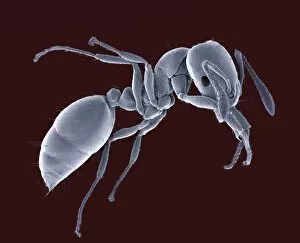Hymenoptera Collection (#9)
"Hymenoptera: The Intricate World of Bees, Ants, and Orchids" Delve into the fascinating world of Hymenoptera
For sale as Licensed Images
Choose your image, Select your licence and Download the media
"Hymenoptera: The Intricate World of Bees, Ants, and Orchids" Delve into the fascinating world of Hymenoptera, a diverse group of insects that includes honey bees (Apis mellifera), leaf cutter ants (Atta sp), and even orchids like Ophrys apifera. Let's start with the industrious honey bees. Apis mellifera is known for its intricate honeycomb structures and remarkable life cycle. From egg to larva to pupa, these tiny creatures undergo a transformation that culminates in their emergence as fully developed bees. Explore an expanded cross-section of their hive and marvel at the insets showcasing their diligent work. Moving on to internal anatomy, get a glimpse inside the body of a Honey Bee (Apis mellifera) through a detailed cross-section. Discover how every organ plays a crucial role in their survival and efficient functioning within the colony. Venturing into Costa Rica's lush landscapes, witness Leaf cutter ants (Atta sp) diligently carrying plant matter back to their nests. These tireless workers demonstrate incredible strength as they transport pieces of leaves across various terrains. Nature never ceases to amaze us with its mimicry; behold the enchanting Ophrys apifera or bee orchid. This beautiful flower has evolved over time to resemble female bees, attracting male counterparts for successful pollination. Zooming in closer, observe Leaf-cutter ants meticulously carrying sections of leaves in stunning detail captured by scanning electron microscopy (SEM). Their teamwork and resourcefulness are truly admirable. In Welder Wildlife Refuge at Sinton lies another captivating sight - Apis mellifera buzzing around wild honey cones. Witness this mesmerizing display as these European honey bees feed on ice plant flowers (Sedum spectabile), contributing to nature's delicate balance. A digital composite showcases an impressive line-up of Leaf-cutter ants marching in unison, carrying leaves to their colony.


